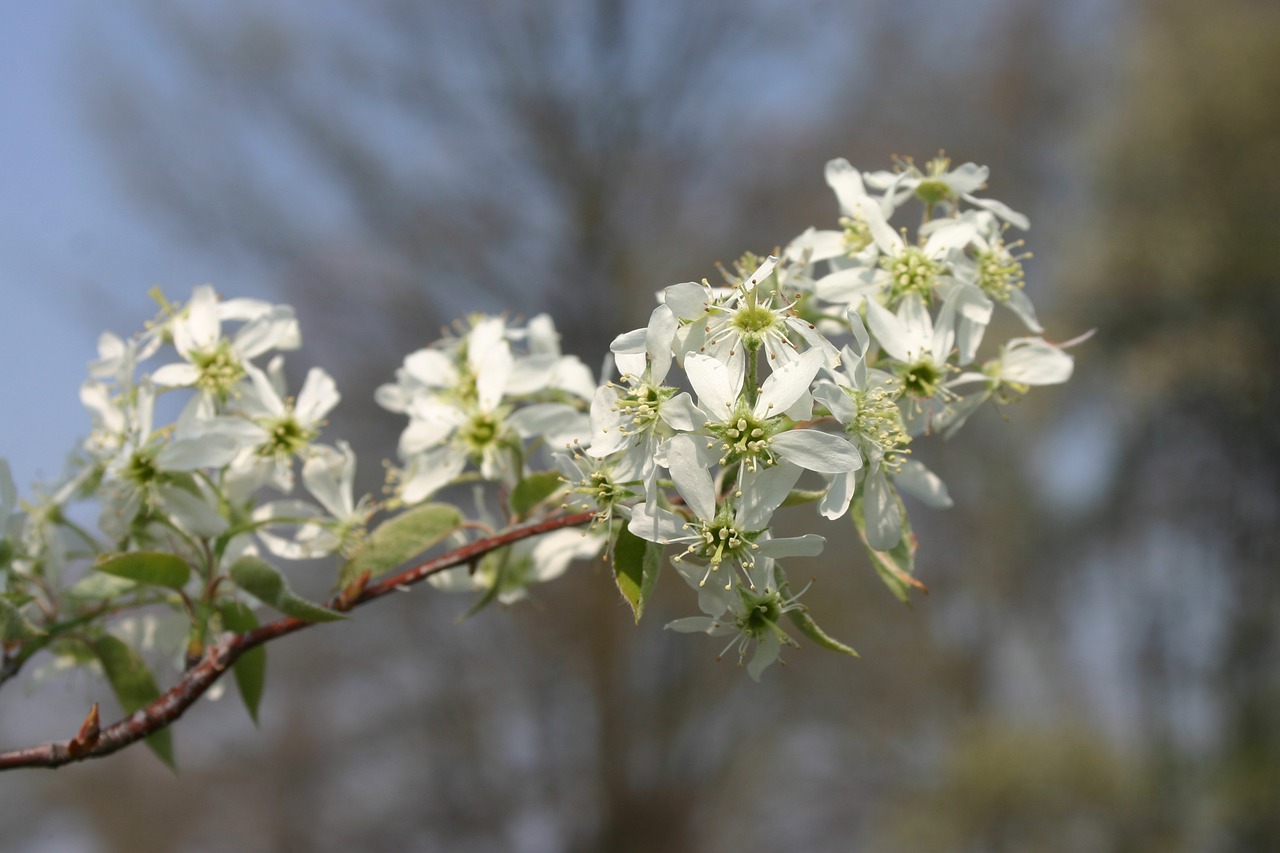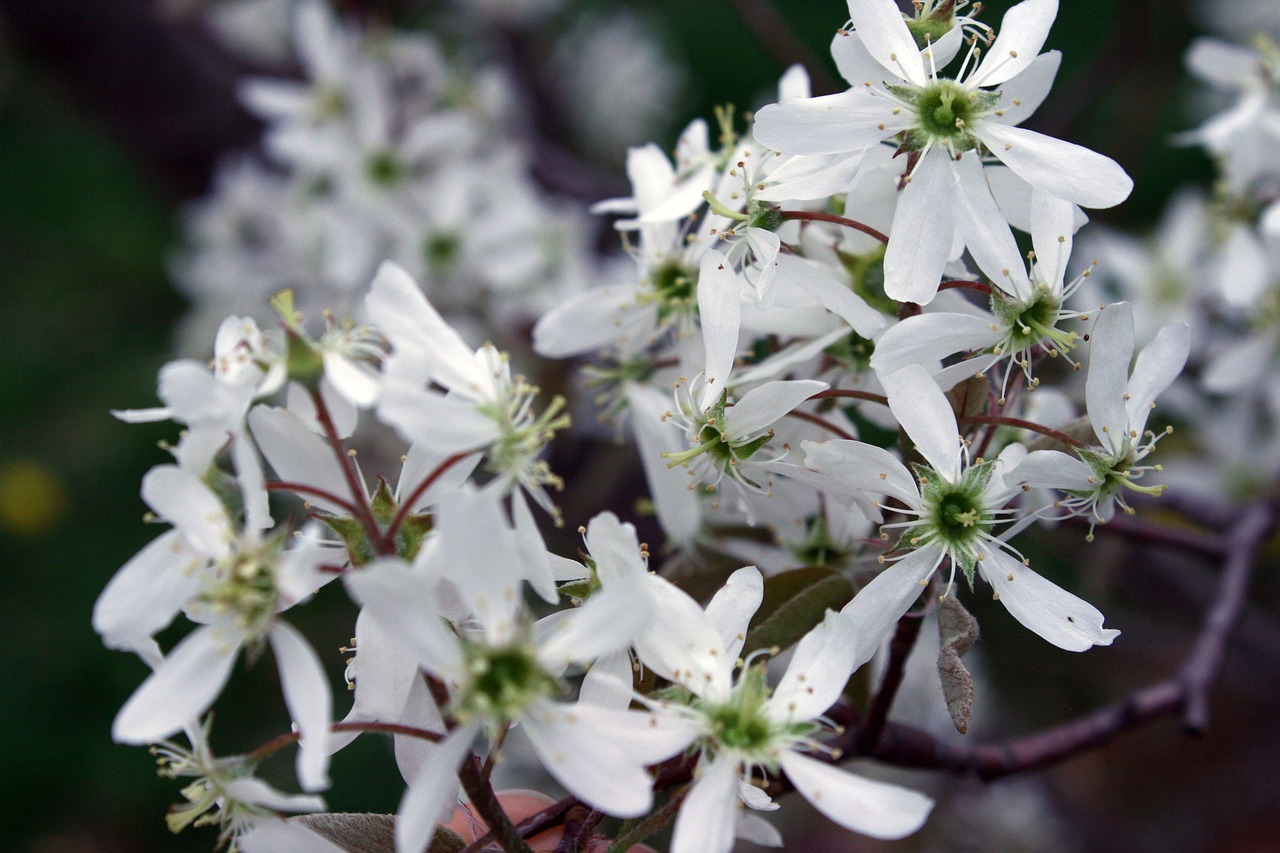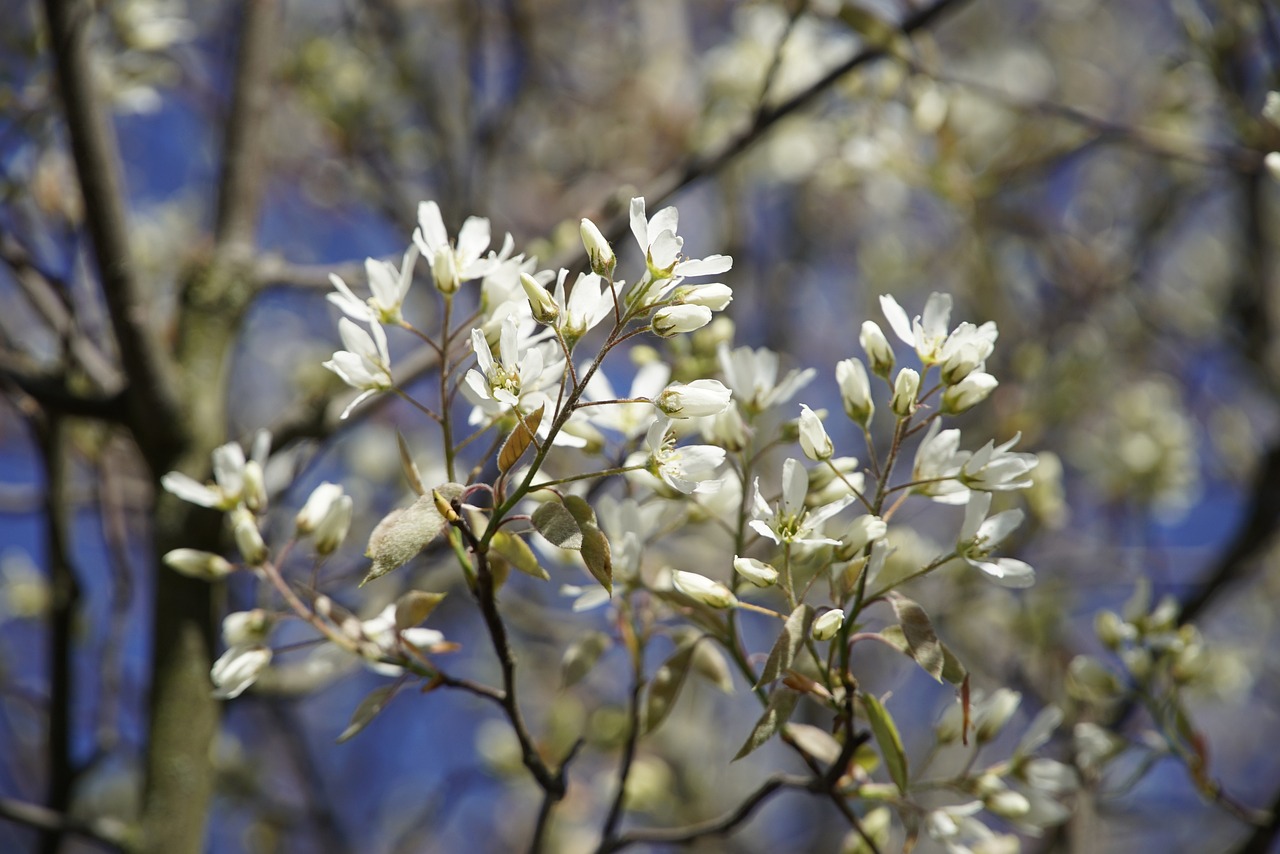“`html
Discover the Enchanting World of Serviceberry: A Comprehensive Guide
Welcome to our in-depth guide on the delightful world of serviceberries! Whether you’re a gardening enthusiast or simply curious about this fascinating plant, we’ve got you covered. In this article, we’ll explore everything from its natural habitat to how you can grow your own serviceberry at home. Let’s dive in!
Understanding Serviceberry
Serviceberry, also known as Amelanchier, is a deciduous shrub or small tree that belongs to the Rosaceae family. This versatile plant is native to the temperate regions of the Northern Hemisphere, including North America, Europe, and Asia. Serviceberries are renowned for their beautiful blossoms, edible fruits, and vibrant autumn foliage, making them a popular choice for gardens and landscapes.
Natural Habitat
Serviceberries thrive in a variety of habitats, from woodlands and forest edges to riverbanks and rocky slopes. They prefer well-drained, loamy soil and can tolerate a range of soil pH levels. These plants are hardy in USDA zones 2 through 9, making them adaptable to various climates.
Characteristics
Serviceberry plants typically grow between 6 to 20 feet in height, with a spread of 4 to 15 feet. They are characterized by their smooth, gray bark and alternate, simple leaves. In early spring, serviceberries produce clusters of white or pink flowers that bloom before the leaves fully develop. These blossoms are not only visually appealing but also attract pollinators like bees and butterflies.
Symbolism and Flower Meaning
The serviceberry holds a rich symbolism in various cultures. It is often associated with the arrival of spring and new beginnings. In some Native American traditions, the serviceberry is considered a symbol of hope and renewal. The name ‘serviceberry’ is believed to originate from the Appalachian region, where the plant’s bloom coincided with the time of year when roads became passable for funeral services.

How to Grow Serviceberry
Growing your own serviceberry can be a rewarding experience, and with the right care, you can enjoy its beauty and bountiful harvest for years to come. Here’s a step-by-step guide to help you get started:
Choosing the Right Location
Serviceberries thrive best in full sun to partial shade. Choose a location that receives at least 6 hours of direct sunlight daily. Ensure the soil is well-drained and rich in organic matter. If your soil is heavy clay, consider amending it with compost to improve drainage.
Planting Procedure
- Dig a hole twice as wide and as deep as the root ball of your serviceberry plant.
- Gently remove the plant from its container and loosen any tightly bound roots.
- Place the plant in the center of the hole, making sure the top of the root ball is level with the soil surface.
- Backfill the hole with soil, pressing it gently around the roots to remove air pockets.
- Water the plant thoroughly to help it settle and remove any remaining air pockets.
Watering and Fertilization
Serviceberries require regular watering, especially during their first growing season. Aim to keep the soil consistently moist but not waterlogged. Once established, these plants are relatively drought-tolerant. Fertilize your serviceberry in early spring with a balanced, slow-release fertilizer to promote healthy growth.
Pruning and Maintenance
Pruning is essential for maintaining the shape and health of your serviceberry. Prune during late winter or early spring before new growth begins. Remove any dead, damaged, or crossing branches to improve air circulation and light penetration. Regular pruning also encourages the production of more flowers and fruits.
Pest and Disease Management
Serviceberries are generally resistant to pests and diseases. However, they can occasionally be affected by issues such as powdery mildew, rust, and fire blight. To minimize the risk, ensure good air circulation around the plant and avoid overhead watering. If necessary, treat problems with appropriate organic or chemical controls.

Additional Benefits of Serviceberry
Beyond its ornamental value, the serviceberry offers a range of benefits:
Edible Fruits
Serviceberries produce small, round berries that ripen in early summer. These berries are not only delicious but also packed with nutrients. They can be eaten fresh, added to salads, or used in jams, jellies, and desserts. The berries are rich in antioxidants, fiber, and vitamins, making them a healthy addition to your diet.
Wildlife Attraction
Serviceberries are a favorite among birds, such as cedar waxwings and robins, who feast on the ripe fruits. By planting serviceberries, you can attract a variety of wildlife to your garden, supporting local ecosystems and biodiversity.
Environmental Impact
Serviceberries are excellent for erosion control and can help stabilize soil on slopes and banks. Their deep-rooted systems improve soil structure and water retention, making them beneficial for sustainable landscaping practices.
Conclusion
Serviceberries are truly a remarkable addition to any garden with their stunning flowers, delicious fruits, and ecological benefits. Whether you’re an experienced gardener or a novice, these hardy plants are easy to grow and maintain. Embrace the beauty and utility of serviceberries in your landscape today!
For more gardening tips and plant guides, be sure to check out our gardening blog. If you’re interested in exploring more about native plants, visit the Lady Bird Johnson Wildflower Center for additional resources and information.
“`
